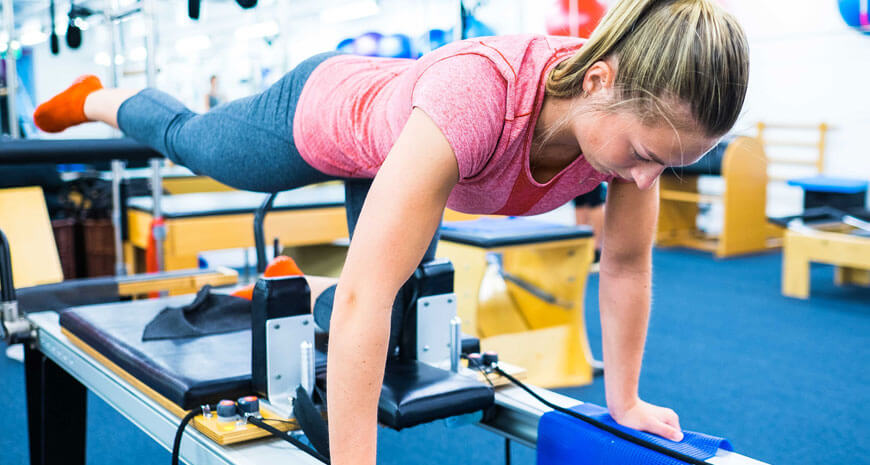Many people don’t realise that a poorly designed computer workstation and / or bad work habits can result in serious health problems. Common problems associated with poor design or posture, include discomfort in the back, neck, shoulders, wrist or wrists, as well as headaches. These are all symptoms to be aware of while working.
Here are some suggestions to improve your office environment and minimise the risk of injuries when using your computer, either at work or at home.
- Chair
- Make sure you have an adjustable chair that is comfortable for you. This is a personal issue and everyone is different.
- Push your hips as far back as they can go in the chair.
- Adjust the seat height, so your feet are flat on the floor and your elbows, hips and knees are bent at approximately 90º. Use a foot rest if necessary.
- Adjust the back rest of the chair to support the curve in your lower back, and to help keep you upright when typing.
- Adjust the armrests (if fitted) so that your shoulders are relaxed. Note that armrests are not necessary.
- Keyboard
- Pull up close to your keyboard, with it directly in-front of your body.
- Your forearms should be parallel to or sloping down toward the keyboard. Keep your wrists straight; forearms don’t rest on your desk.
- Mouse
- Position as close to the keyboard as possible (and the same height), so that you are not reaching for it. Number keyboard covers can be purchased so your mouse is closer.
- Alternate use between both left and right hands, to avoid any overuse.
- Computer monitor
- Sit approximately one arm’s length away from the monitor screen
- Centre the monitor directly in-front of you so you don’t twist your torso.
- Centre the monitor directly in-front of you so you don’t twist your torso.
- Position the top of the monitor approximately 5 to 10cm above seated eye level. Therefore, your eye level is near the top of the text.
- Documents
- Don’t work from documents flat on the desk.
- Position the document holder straight in front of you, between the monitor and the keyboard. If there’s insufficient room, position the holder adjacent to the monitor.
- Phone
- Place within comfortable, easy reach.
- If you spend large amounts of time on the phone, consider a hands-free phone or a headset, to reduce the strain on your neck and shoulder.
- Lighting
- Reduce glare by careful positioning of the screen.
- Your work area should have moderate indirect lighting.
- Adjust curtains / blinds as needed.
Go easy on yourself
- Limit continuous computer use by taking short 1 – 2 minute stretch breaks every 30 minutes, for your neck, back and shoulders.
- Get up and walk around (every hour) to improve blood circulation.
- Adjust curtains / blinds as needed.
- Change your tasks regularly, to alter the load on your body.
- Avoid eye fatigue by resting and refocusing your eyes periodically.
- Learn to ‘touch type’ so you don’t have to bend your head forwards for the keys and learn to use function keys and shortcut keys.
- Maintain your general fitness. Keep yourself strong, active and flexible. Manage the stresses of work / study with a balance of exercise and relaxation.
- Take notice of early warnings. If you feel an ache or discomfort in any part of your body, check your posture, take a break, and if the pain persists, see one of our physiotherapists.
Simple exercises to do In your stretch break
- Tightly clench your hand into a fist and release, fanning out the fingers. Do 3 times.
- With elbows straight and hands interlocked in front of you, sit up straight and push your arms forward. Hold for 3 seconds. Then push hands towards the ceiling and hold for 3 seconds. Do 5 times.
- Stand up straight. Place your hands on your bottom and bend backwards at the waist, gently. Do 5 times.
- Touch the fingertips of your hands together just behind the top of your head. Move your elbows in a backward direction. Hold for 5 seconds then relax. Do 5 times.
- Tuck your chin in while keeping your eyes level. Hold for 1 to 2 seconds, then relax. Do 5 times.




